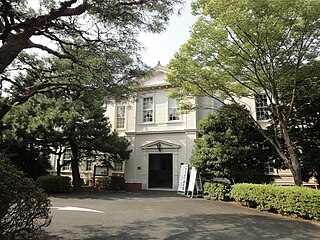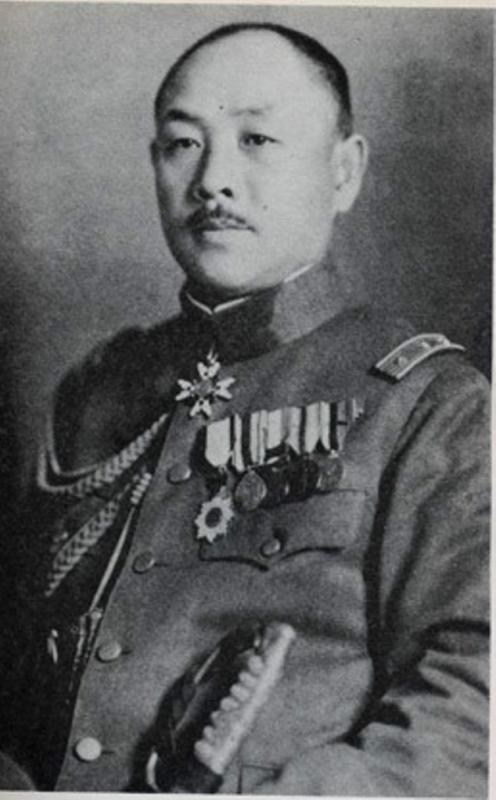The Zhejiang-Jiangxi Campaign was a military campaign fought from May to September 1942 as part of the Second Sino-Japanese War. This article in as order of battle, listing the present Chinese and Japanese military forces.
The term military campaign applies to large scale, long duration, significant military strategy plans incorporating a series of inter-related military operations or battles forming a distinct part of a larger conflict often called a war. The term derives from the plain of Campania, a place of annual wartime operations by the armies of the Roman Republic.

The Second Sino-Japanese War was a military conflict fought primarily between the Republic of China and the Empire of Japan from July 7, 1937, to September 2, 1945. It began with the Marco Polo Bridge Incident in 1937 in which a dispute between Japanese and Chinese troops escalated into a battle. Some sources in the modern People's Republic of China date the beginning of the war to the Japanese invasion of Manchuria in 1931.
In modern use, the order of battle of an armed force participating in a military operation or campaign shows the hierarchical organization, command structure, strength, disposition of personnel, and equipment of units and formations of the armed force. Various abbreviations are in use, including OOB, O/B, or OB, while ORBAT remains the most common in the United Kingdom. An order of battle should be distinguished from a table of organisation, which is the intended composition of a given unit or formation according to the military doctrine of its armed force. As combat operations develop during a campaign, orders of battle may be revised and altered in response to the military needs and challenges. Also the known details of an order of battle may change during the course of executing the commanders' after action reports and/or other accounting methods as combat assessment is conducted.






